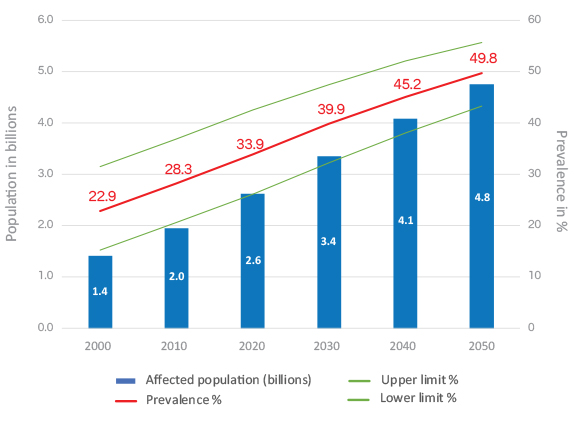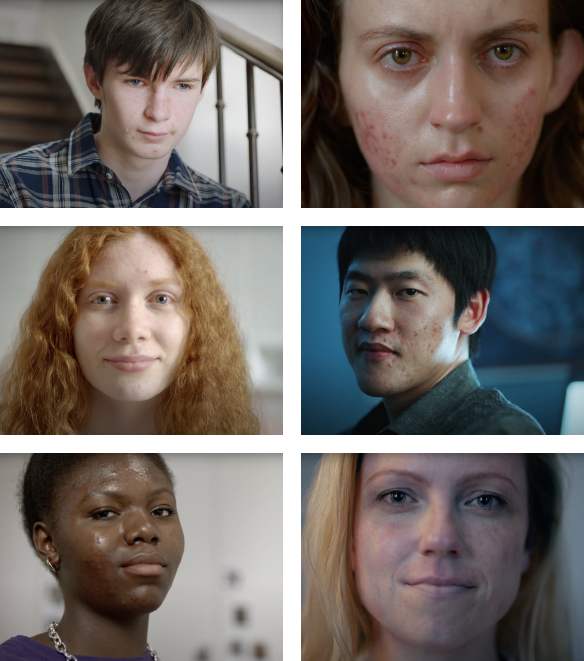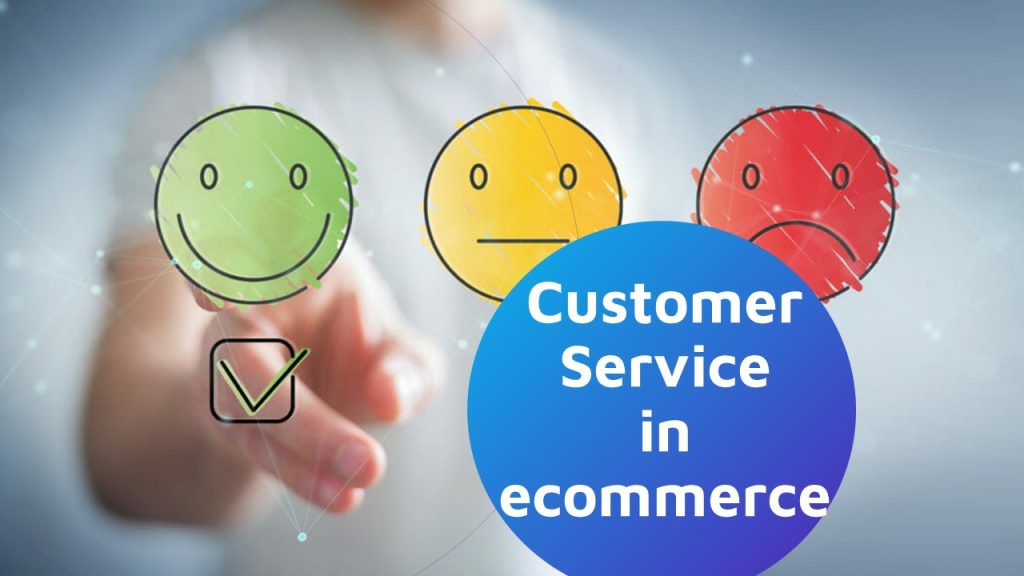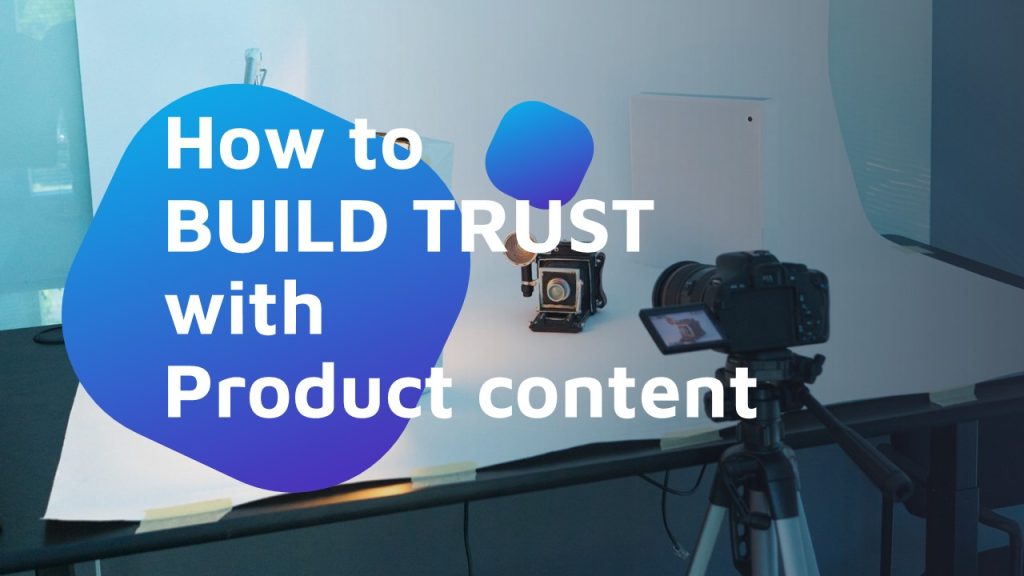Advertising has changed a lot in 30 years, and so has the way in which consumers perceive it and react to it. And relatable content has a key role here.
Traditional marketing often pictured perfect images of perfect people with perfect bodies, which were somewhat hard to relate to. Indeed, a few TV advertising campaigns tried to challenge that pattern, by replacing catwalk supermodels with regular women.
Then came the internet with ecommerce, social media, and a whole new array of online businesses with products, channels, and services that have changed forever the interaction between brands and consumers.
Part of that change is the shift from ideal to real representations. From whom consumers desire to be, to who they are, what their daily life really looks like, and what they actually struggle with.
5 tips to make your content relatable
Purpose comes with action
Today’s virtual world is defined by filters, making photography lose its original essence: representing reality. The 2021 Most Contagious Report explained how this is a growing need for every online business seeking to resonate with younger generations. Purpose and shared values are the main relatability drivers for millennials, and sooner or later, all brands will face the hard decision of taking sides before a random controversy.
Brand activism does not mean taking loud sides on every topic. Don’t, it all changes too fast. Instead, it’s about advocating for social justice, inclusivity, and sustainability, and proving it through clear action. Take a peep on our post about this.
On the contrary, blackwashing, greenwashing, and pinkwashing are highly penalized by young consumers who are eager to take part in relevant causes. Therefore, brands must adapt their vision, mission, and values to what people expect from them.
Acne, prescription glasses, and other daily concerns
Have you noticed an increase in people wearing prescription glasses over the past years? It’s normal. That is due to the growing share of people who have developed vision problems for the combination of being too close to large screens, too close to small screens, and for not giving our eyes the visual distance they have actually evolved for.


Contact lenses and simple outpatient operations may patch the aesthetic problem but do not solve the underlying problem.
For example: for someone selling an HD screen it’s not a bad idea to use models with glasses highlighting the visual comfort of high resolution, and thus anticipating a significant factor in purchase decision.
Don’t lose sight of gender
Gender inequality is a sensitive issue, and a ribboned logo on March 8 may fall a little short to stand up against it. Representation matters and literally everyone notices how much you care for it, for the good and the bad. After all, you’re not looking for the approval of specific segments – unless you really are – but potential buyers, even if your product was designed for men
A brand whose target audience is not composed only of men should use campaigns designed for mixed audiences. And if it is, it should focus on the experience of using a product, not the person using it. Experiences come with the use of a product and the situations where it belongs, not the gender – who might just be buying a present.
Jump on the 3D bandwagon
And because 3D and Augmented Reality are getting a little deeper in our pockets every day and personalization is a growing trend since the early days after the Pandemic, it is not a bad idea to get a little closer to your potential clients.
This, however, may a be a delicate move where two things are essential:
- Stay consistent with your brand’s style and identity: color pallet, fonts, relevant scenarios and punchlines.
- Make sure your tone of voice matches your target audience.
Make videos
From product discovery to research and comparison, video is still the preferred type of content. Not only does it highlight a product’s features but allows to explain them in detail in short videos or separate pieces. In fact, about 60% of marketers reuse content up to 5 times!
That improves the overall experience of prospect customers, because good presentation catches their attention, and because they answer questions before they even appear.
Influencer marketing is not too far from this, since it cuts corners with pre-existing communities which are likely to increase organic traffic, views, and sales. And if that weren’t enough, it is a rich source of feedback.
In product content, work comes first
Sales may happen fast but are not spontaneous. Instead, taking a product to new markets is a long trip with tons of research, testing, roll-outs and roll-backs.
Creating buyer personas is one cornerstone of market research, and that includes their interests, pain points, and concerns. Unless you’re launching a game-changing product, competitors may already have chewed that data for you. And that is one good starting point to refine your approach and personalization.
Finding that which marvels your audience may also be tricky, and A/B tests are a must-to-have tool. Sometimes there is no objective reason for people to prefer one image over another. Sometimes there is, and spotting it can improve the page’s performance.
The more consumers can relate to a brand, the bigger its brand reputation. Relatability in product content is built by proving you actually care for your audience and shared causes, and you know every little thing about them.
Rather than a reason to brag and showoff, relatability is key in ecommerce. The devil is in the details, and details can make the difference between a sale and an abandoned cart. Lucky for you, at Content2Sell we specialize in product localization and keep all of these factors in account across all stages.
So whether you plan to launch a product, or simply need to upgrade your content to give your sales a boost, we’re here to help.



